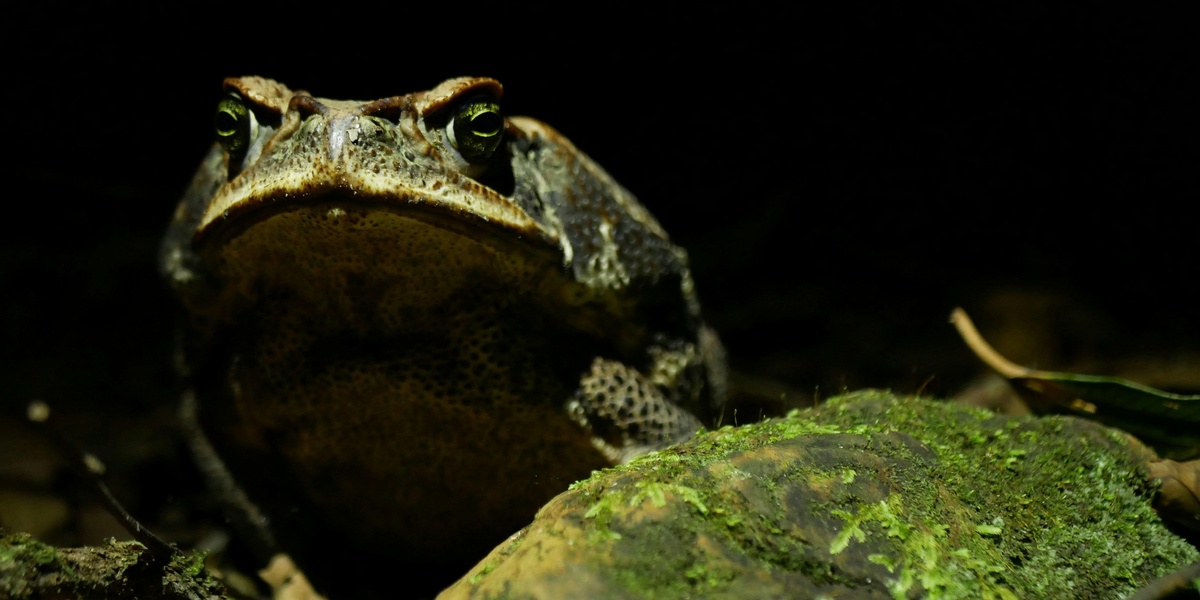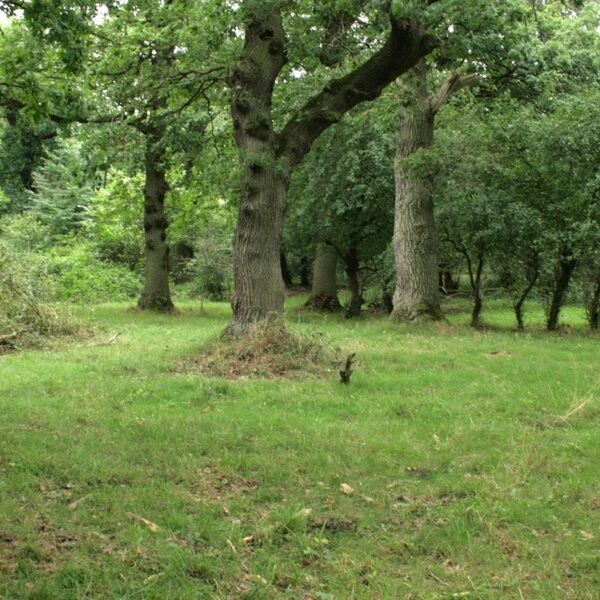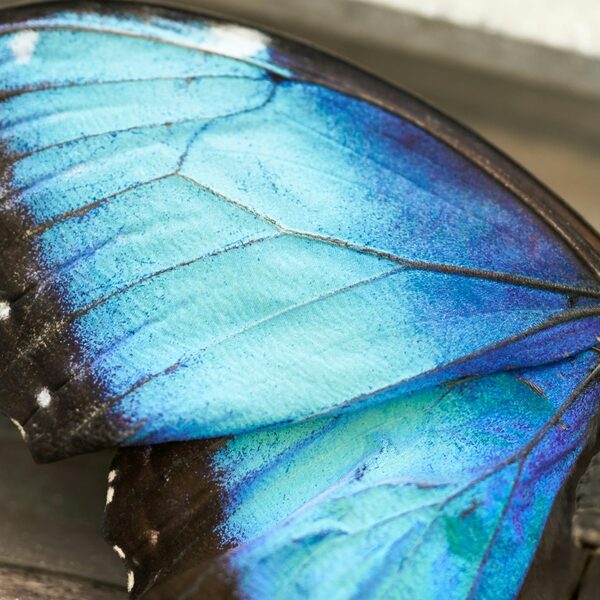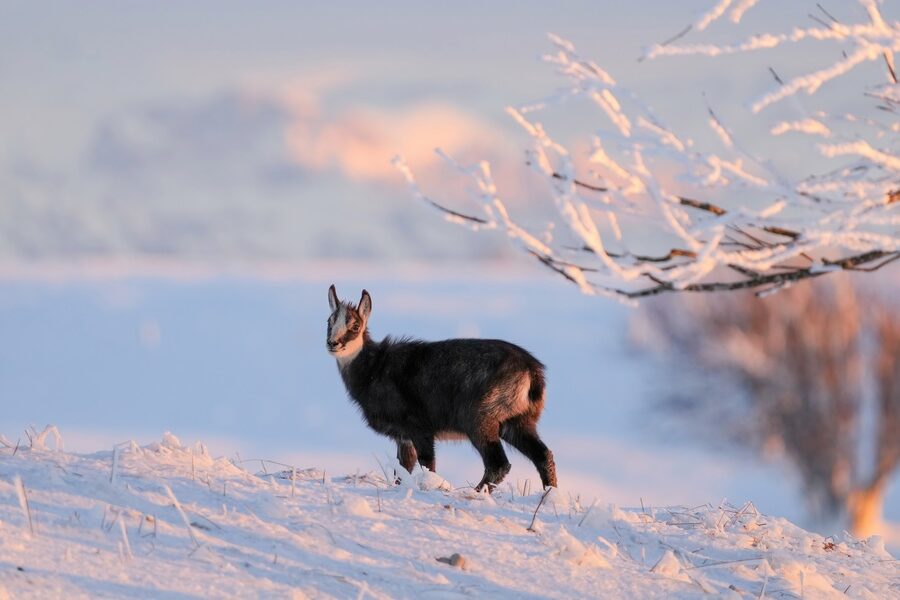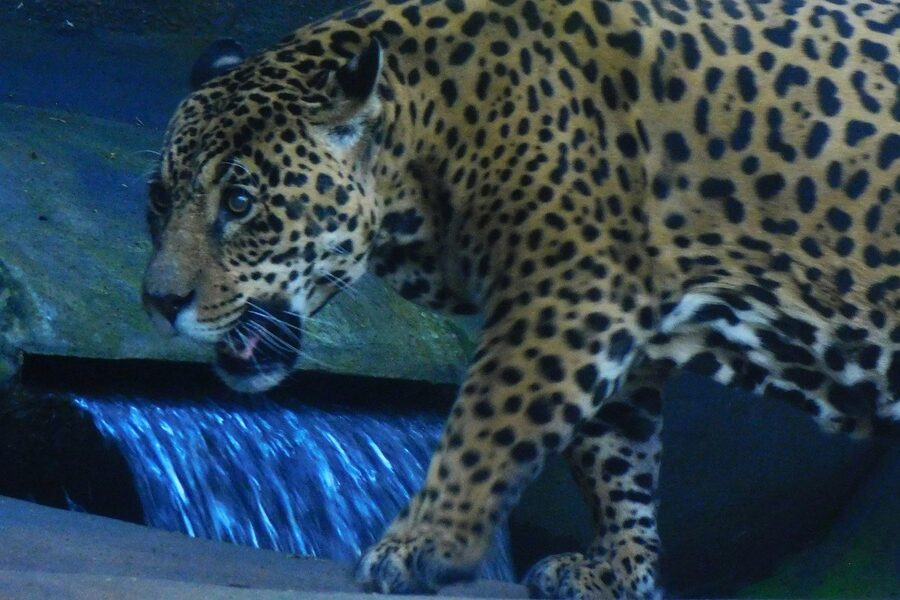Grenada’s mix of rainforests, freshwater streams and coastal wetlands supports a small but distinct set of amphibian species. Island size and habitat pockets mean a few adaptable frogs and toads make up most of the list, and seasonal rains bring out the ones you’re most likely to hear and see.
There are 4 Amphibians of Grenada, ranging from the introduced Cane Toad to the tiny native Whistling Frog. For each species the data are organized with Scientific name,IUCN status,Where found so you can compare taxonomy, conservation ranking and local distribution at a glance — you’ll find those details below.
Is the Cane Toad harmful to Grenada’s native amphibians?
Yes — the Cane Toad is an introduced species known to compete with and sometimes poison predators that try to eat it; its presence can alter local food webs. The table below shows which species are native and highlights IUCN status to help assess conservation concerns.
When and where should I look to spot these frogs and toads?
Search after evening rains near ponds, slow streams, roadside ditches and forest edges; males call from vegetation or leaf litter. Nighttime surveys during the wet season give the best chance to hear Whistling Frogs and find active toads.
Amphibians of Grenada
| Name | Scientific name | IUCN status | Where found |
|---|---|---|---|
| Grenada Frog | Pristimantis euphronides | CR | High-altitude rainforests above 300 meters, like Grand Etang National Park. |
| Whistling Frog | Eleutherodactylus johnstonei | LC | Widespread in gardens, forests, and developed areas across the island. |
| Cane Toad | Rhinella marina | LC | Common in lowlands, wetlands, and agricultural areas throughout Grenada. |
| Mountain Chicken | Leptodactylus fallax | CR | Formerly in mountain streams and forests; now considered extinct in Grenada. |
Images and Descriptions
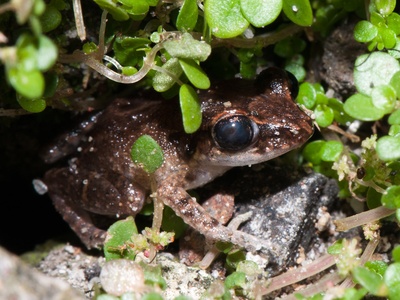
Grenada Frog
Grenada’s only endemic frog, a tiny brown froglet growing to just 2.5 cm. Its distinctive “gleep-gleep” call is a treasure of the mountain forests. It is critically endangered due to habitat loss and climate change, making any sighting extremely special.
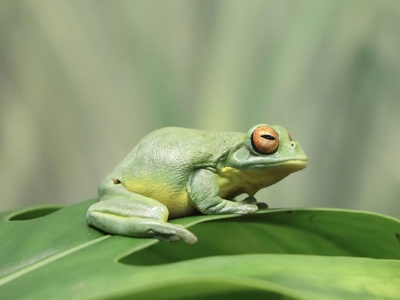
Whistling Frog
A small, non-native frog you’re more likely to hear than see. Its loud, two-note “whistle” fills the night air, especially after rain. This adaptable brown frog is common throughout the Caribbean and thrives in human-modified habitats like gardens and plantations.
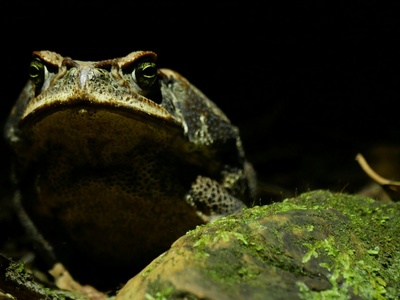
Cane Toad
A very large, warty toad, often called “Crapaud.” Introduced to control cane pests, it is now an invasive species. It has prominent poison glands behind its eyes and can grow over 15 cm long. Its presence has had mixed impacts on local wildlife.
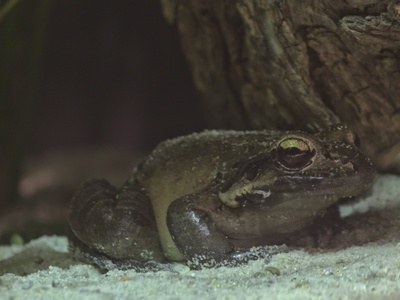
Mountain Chicken
Once a large, edible frog, this species is tragically considered extirpated (locally extinct) from Grenada. It was wiped out by the fungal disease chytridiomycosis. This giant frog, reaching up to 22 cm, is a powerful reminder of the fragility of island amphibians.
